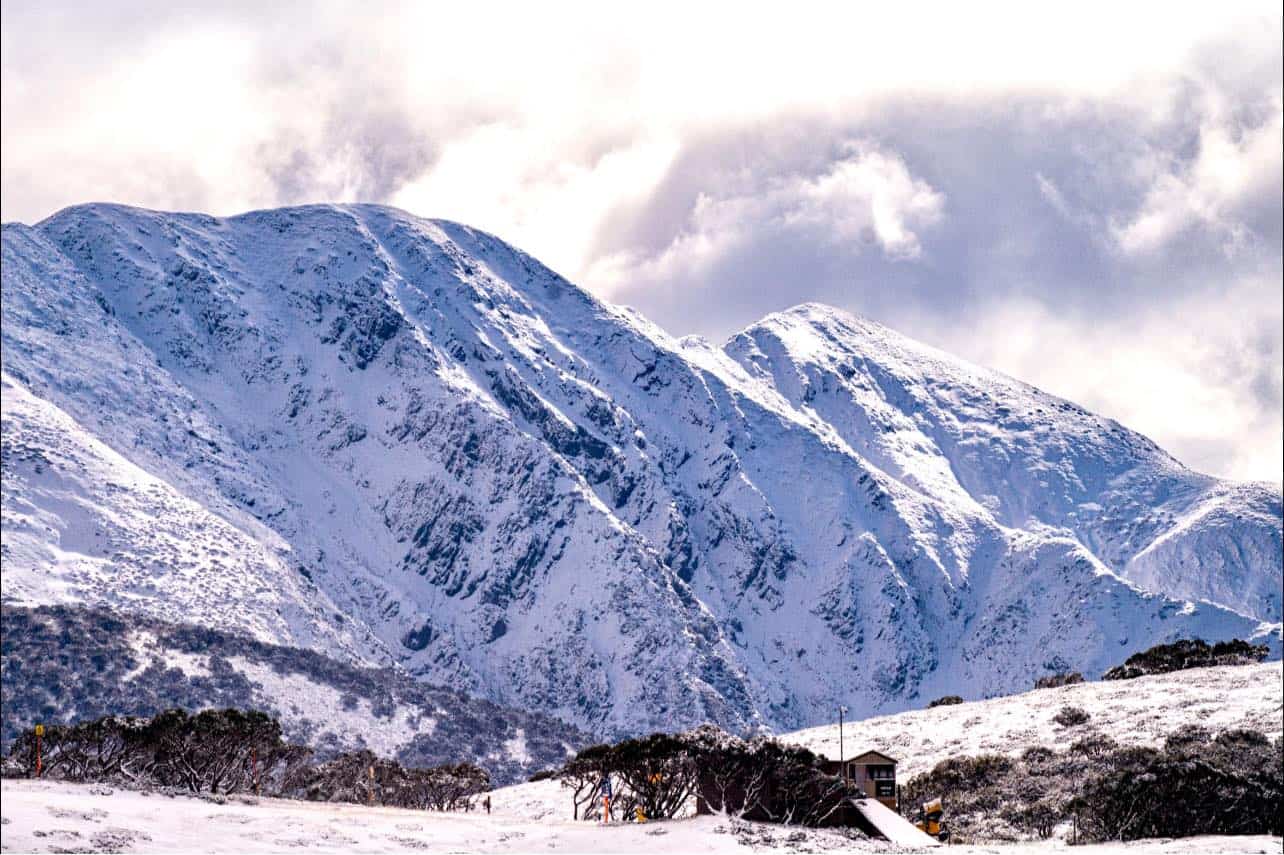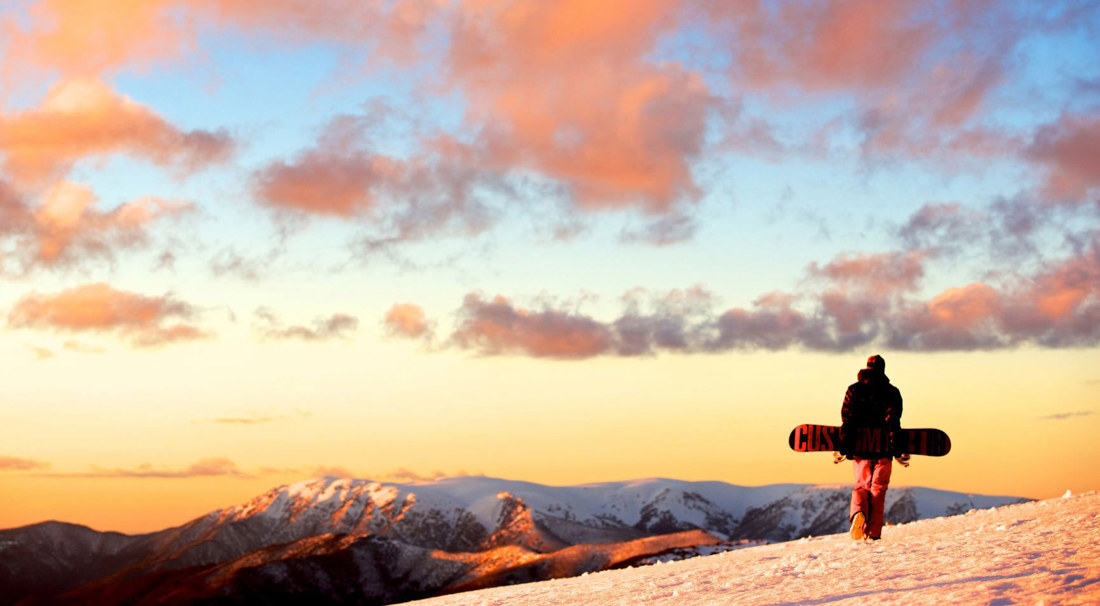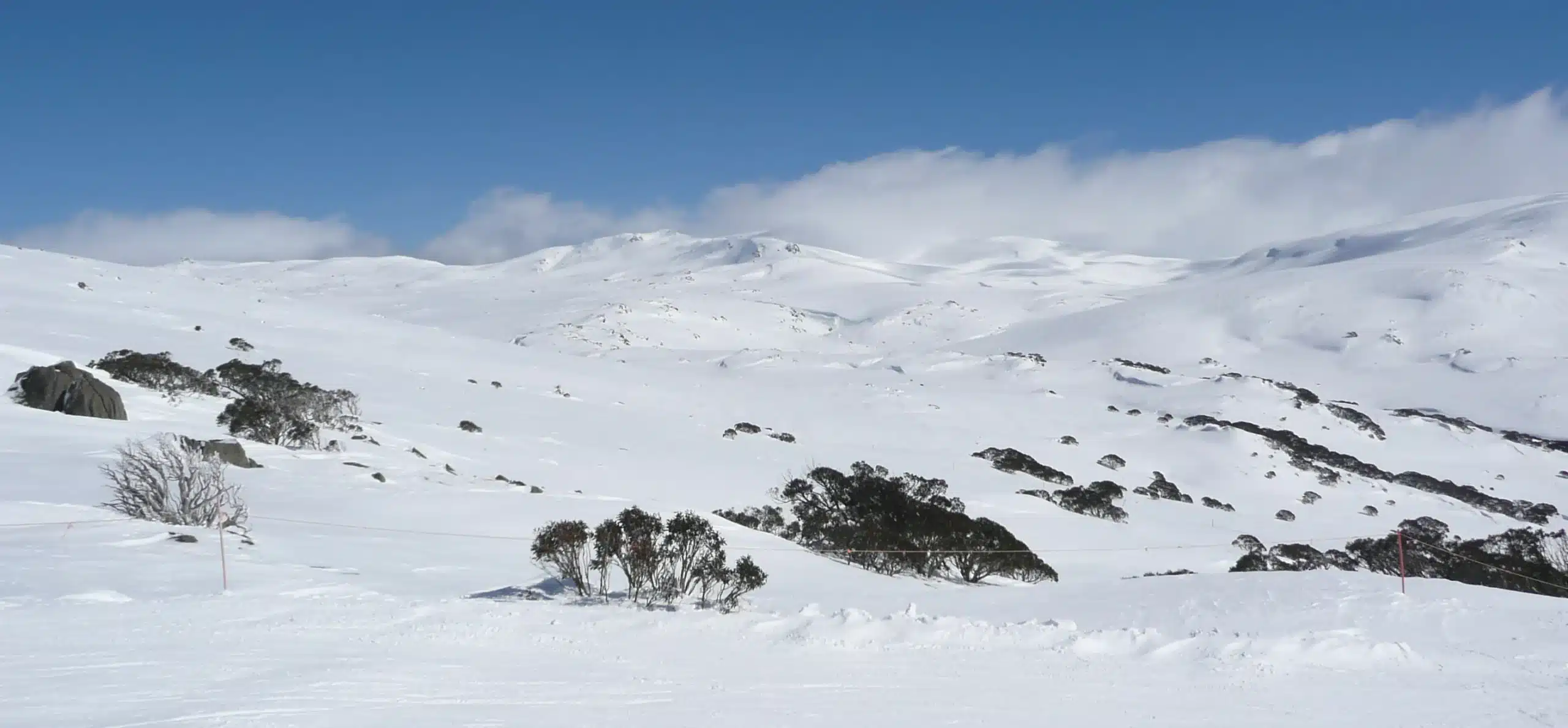The Numerous Sorts Of Snow in Australia and Their Effect On Winter Months Sports
Australia, known for its sun-soaked coastlines, is also home to a varied range of snow conditions that considerably affect winter months sporting activities. Each kind, from the damp seaside snow to the dry interior powder, provides distinct obstacles and advantages for professional athletes. An understanding of these variations is necessary for those looking for to browse the Australian inclines, as each requires different methods and resilience. The following expedition will go over the ramifications of these snow types on winter months sports performance.

Understanding the Attributes of Different Snow Types
While many assume that snow is an uniform entity, it is necessary to recognize that there are various types, each with one-of-a-kind characteristics. These distinctions in snow type aren't merely visual; they substantially effect winter sports, dictating the ease of movement, the speed attainable, and the degree of control called for from professional athletes.
The Impacts of Powder Snow on Snowboarding and Snowboarding
In spite of its light and cosy look, powder snow in the Australian Alps offers both unique obstacles and possibilities for winter sports enthusiasts, specifically those taken part in winter sports and snowboarding. The loose, completely dry nature of powder snow can initially be hard to navigate for beginners, requiring cautious equilibrium and control. For even more experienced experts, the soft, untracked snow uses a thrilling experience, permitting for nimble and vibrant motion - Does It Snow In Australia. The flexible and smooth surface of powder snow additionally minimizes threat of injury throughout drops, making it a preferred choice for extreme wintertime sports. Yet, it's worth noting, the varying depth and unforeseeable nature of powder can often lead to surprise obstacles, requiring continuous watchfulness.

The Difficulties and Advantages of Stuffed Snow in Winter Sports
Moving emphasis from the loosened, dry powder snow, an additional widespread sort of snow in the Australian Alps is stuffed snow, posturing its own set of difficulties and advantages in the world of winter sporting activities. This denser, a lot more solidified kind of snow provides a quicker, slicker surface, profiting sports like downhill snowboarding and snowboarding, enhancing speed and accuracy. Nonetheless, the same features likewise existing difficulties. Its hard surface area can be risky, enhancing the potential for injuries throughout drops. Furthermore, browsing turns and regulating speed can be tough on jam-packed snow, calling for greater skill levels from athletes. In spite of these challenges, packed snow stays a crucial component in lots of winter months sports, shaping the performance and strategies of athletes.
The Role of Wet Snow in Australian Winter Gamings
As Full Report opposed to the dense, glossy surface of jam-packed snow, wet snow plays an entirely different role in Australian winter season video games. Characterised by its high wetness material, wet snow affects the speed and control of wintertime sporting activities participants. Its heavy, sticky nature can be challenging for professional athletes, especially in winter sports and snowboarding where rate and manoeuvrability are essential. Nonetheless, its pliability makes it optimal for snow sculpting events and for fortifying snow structures in sporting activities like snow fort fights. Despite its challenges, damp snow introduces an one-of-a-kind dynamic to winter games in Australia, screening professional athletes' flexibility and strength, and functioning as a reminder of the diverse weather condition problems they should be prepared to deal with.

How Slushy Snow Influences Winter Season Sports Performance
Proceeding the exploration of differing snow problems in Australia, the effect of slushy snow on winter months sporting activities is another intriguing aspect. Slushy snow, resulting from warmer temperatures or direct sunshine, postures distinct obstacles to athletes. It decreases speed and requires boosted exertion as the tools sinks into the soft, water-saturated snow. In snowboarding and snowboarding, slushy problems can influence the predictability of turns and dives, boosting the danger of accidents. For snowmobiling, the maker's efficiency might be impeded as it battles to preserve grip. Hence, slushy snow transforms the winter sports landscape, requiring not only increased physical exertion from professional athletes yet additionally a higher focus on safety precautions.
Adapting Winter Season Sports Techniques to Numerous Snow Conditions

Verdict
In conclusion, Australia's diverse snow kinds considerably affect winter months sports performance. Each type, from the glossy seaside snow to the drier indoor powder and the heavy, sticky damp snow, provides one-of-a-kind difficulties and advantages.
Changing useful reference emphasis from the loosened, dry powder snow, an additional widespread kind of snow in the Australian Alps is jam-packed snow, presenting its very own set of obstacles and advantages in the realm of wintertime sporting activities - Does Australia Get Snow.In contrast to the dense, slick surface area of packed snow, wet snow plays a totally various function in Australian winter games. Its pliability makes it suitable for snow sculpting events and for strengthening snow frameworks in sporting activities like snow fort battles.Continuing the exploration of differing snow problems in Australia, the effect of slushy snow on wintertime sporting activities is an additional interesting element. Each type, from the glossy seaside snow to the drier interior powder and the hefty, sticky wet snow, presents unique challenges and advantages